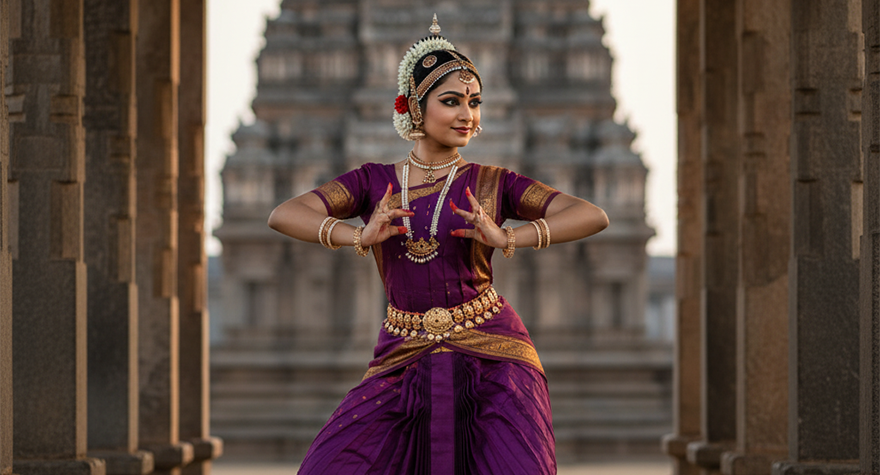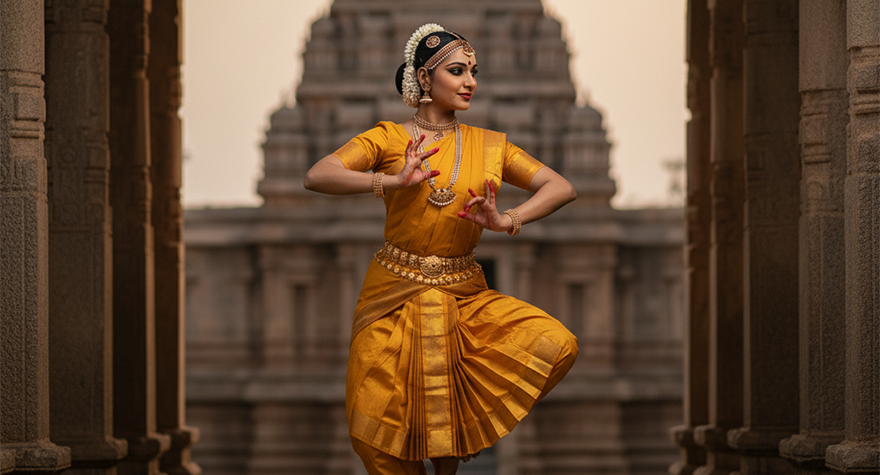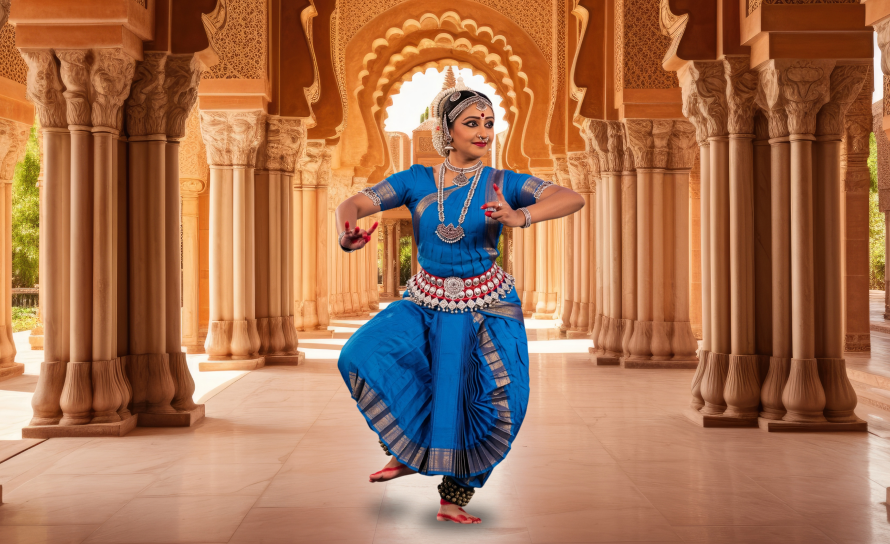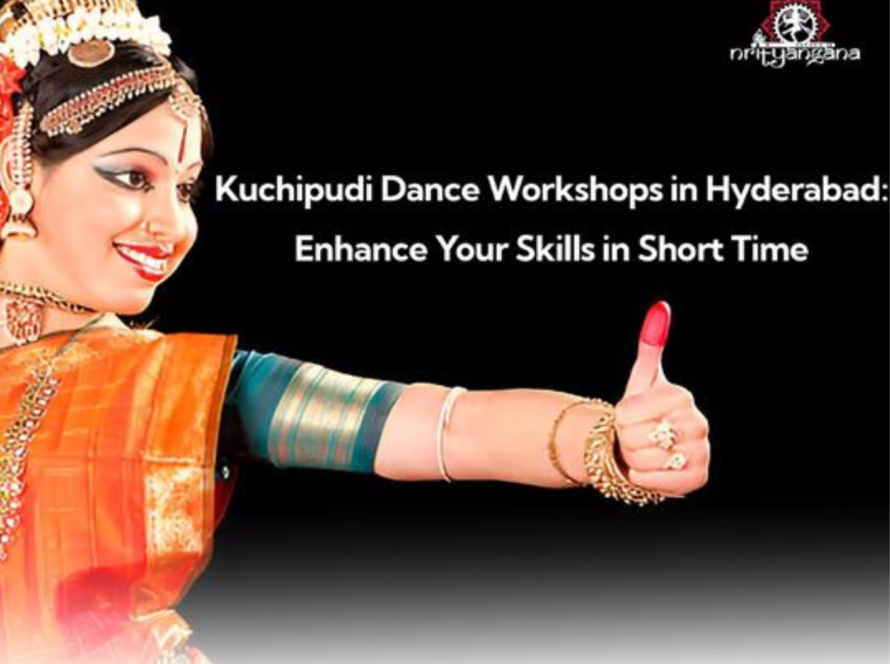The festival is the best place to celebrate the grandeur and history of Kuchipudi. But there is always the problem of maintaining the people’s interests throughout a full production. The successful engagement with the people makes the performance engaging for people, it also makes the performance highly relevant for people.
Why Audience Participation is Essential in Kuchipudi Festivals
Audience participation takes a performance to a level of greater than technical perfection. It offers layers of narration through abhinaya (body language), facilitates experiential memories, and generates interest towards classical dance. Artists connecting with people make long-lasting impacts and elevate classical dance to higher appreciation and enjoyment.
How to Engage the Audience
Kuchipudi thrives on storytelling, where body language, facial expressions, and emotional involvement bring the narrative to life and captivate the audience. Limited audience participation through rhythmic claps or call-and-response moments keeps them engaged and alert throughout the performance. Effective stage presence, active use of space, and dynamic movement ensure every viewer remains visually connected. The seamless fusion of music and rhythm enhances the emotional impact, with tempo changes and rhythmic variations drawing focus. Altogether, these elements create a deeply immersive and memorable classical dance experience.
Essential Insights for Festival Performers

When preparing for a festival performance, it’s important to understand your audience and tailor your storytelling accordingly. Center the narrative and performance around themes that resonate with diverse groups such as children, elders, and immigrants, ensuring inclusivity and emotional connection. Maintain a balance between technical complexity and narrative clarity by interleaving intricate dance sections with descriptive storytelling. Keeping the performance concise helps sustain audience attention and leaves a lasting impression without overwhelming viewers.
How Often to Attend Workshops?
Newcomers should enroll in classes once a year or every two years to receive orientation and a foundational understanding. If mid-level students wish to refine and master their skills, they should participate two or three times a year. Professional dancers, on the other hand, are required to regularly attend in order to stay up to date with the latest techniques, styles, and informative material, which ensures that their performances are engaging and fascinating.
Why Classical Dance Students Should Attend Workshops

Workshop provides students the freedom from the formulaic manner of learning. They are able to improve their technique, learn new ideas, and view things more clearly. Above all, workshops provide instruction on discipline, imagination, and belief in oneself, something any classical dancer needs.
To make classical performances more engaging, incorporate small demonstrations before the main presentation. These help introduce rhythm, gesture, and movement vocabulary to the audience, making the art form more accessible. Encourage audience participation by requesting applause or rhythmic clapping during interactive sequences, creating a lively exchange between performer and spectator. Short narrative explanations between pieces can further sustain engagement, helping the audience connect deeply with the essence and emotion of each composition.
Conclusion
Audience participation is the driver of an enactment that bridges properly in a Kuchipudi festival. A combination of narration, lyrical abhinaya, interactive content, and stage presence guarantees an enduring connection with the audience.
Nrityangana not only trains students to dance but also with their audience, and every one of their festival performances is unforgettable. With training themselves in such interactive arts, dancers can go to the height of their performance and leave a long-lasting effect on their audience.
FAQ's
How do performers engage their audience for Kuchipudi festival performances?
Through storytelling, emotive movements, call-and-response interactive exercises, and kinetic stage activity.
How important is storytelling in engaging the audience with Kuchipudi?
Very much emotional attachment as a result of the story makes the performance memorable and exciting.
Does audience participation complete the entire festival experience?
Yes, it gives interaction, enjoyment, and a sense of belongingness, resulting in improved audience experience.


